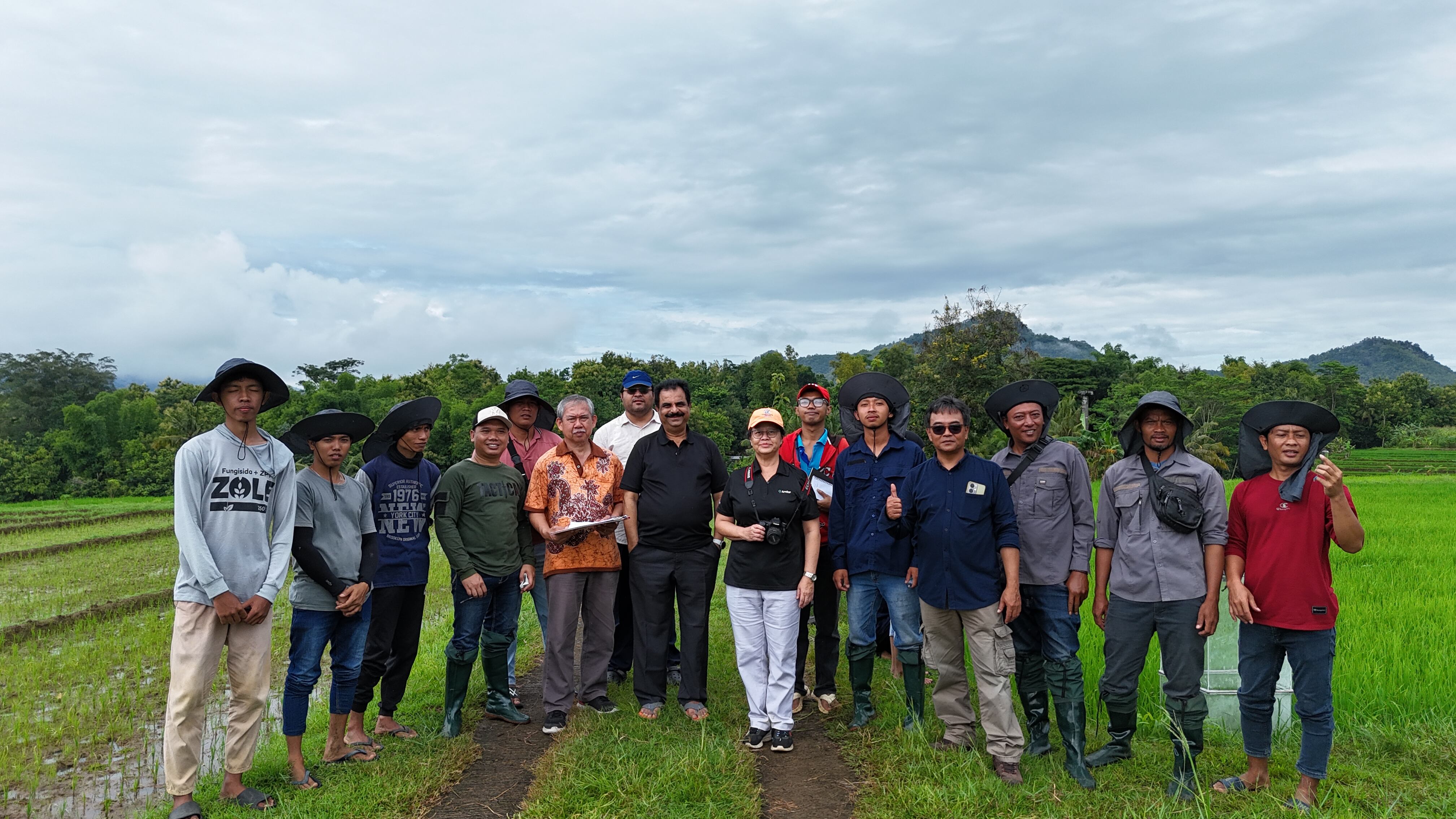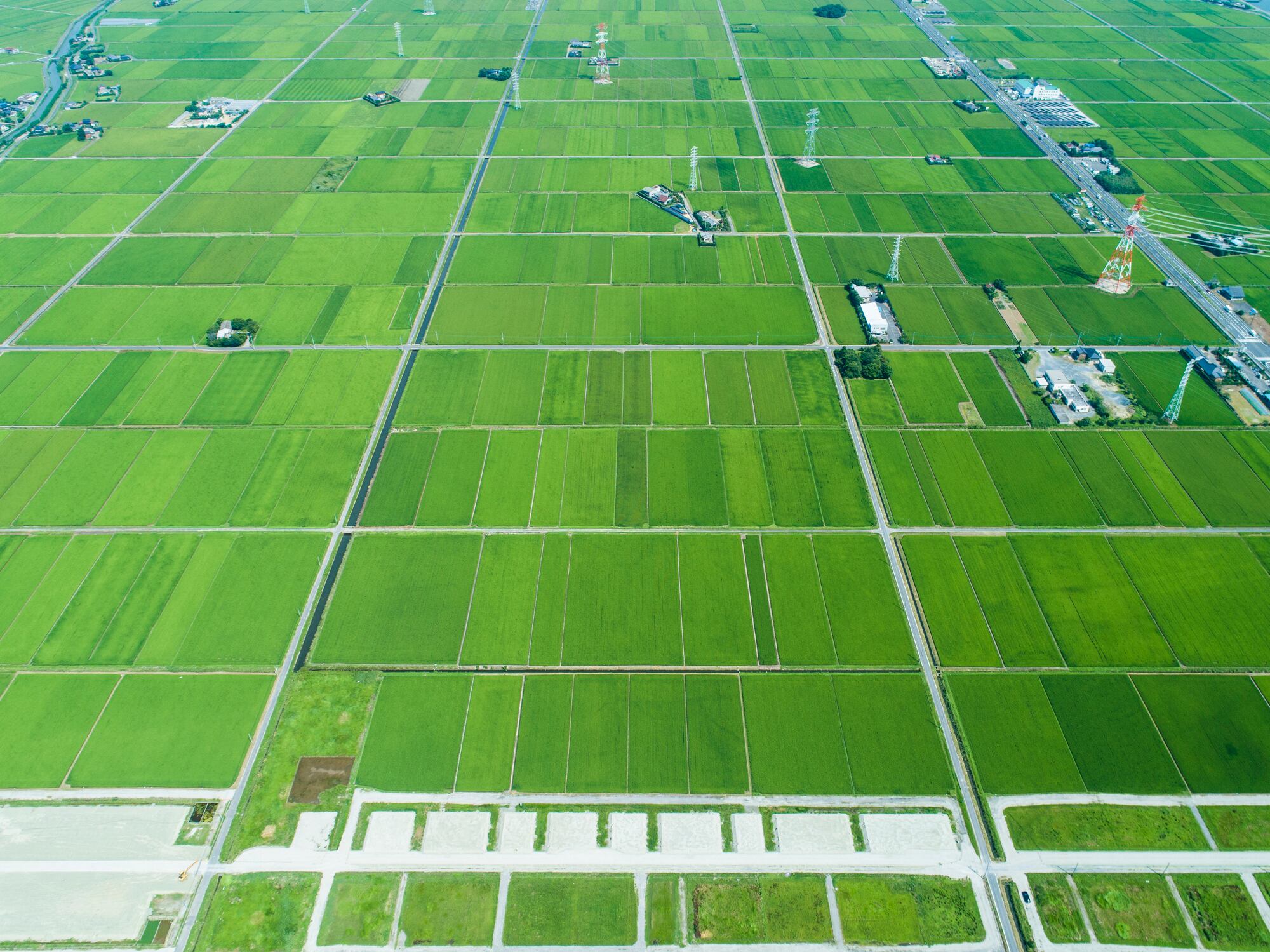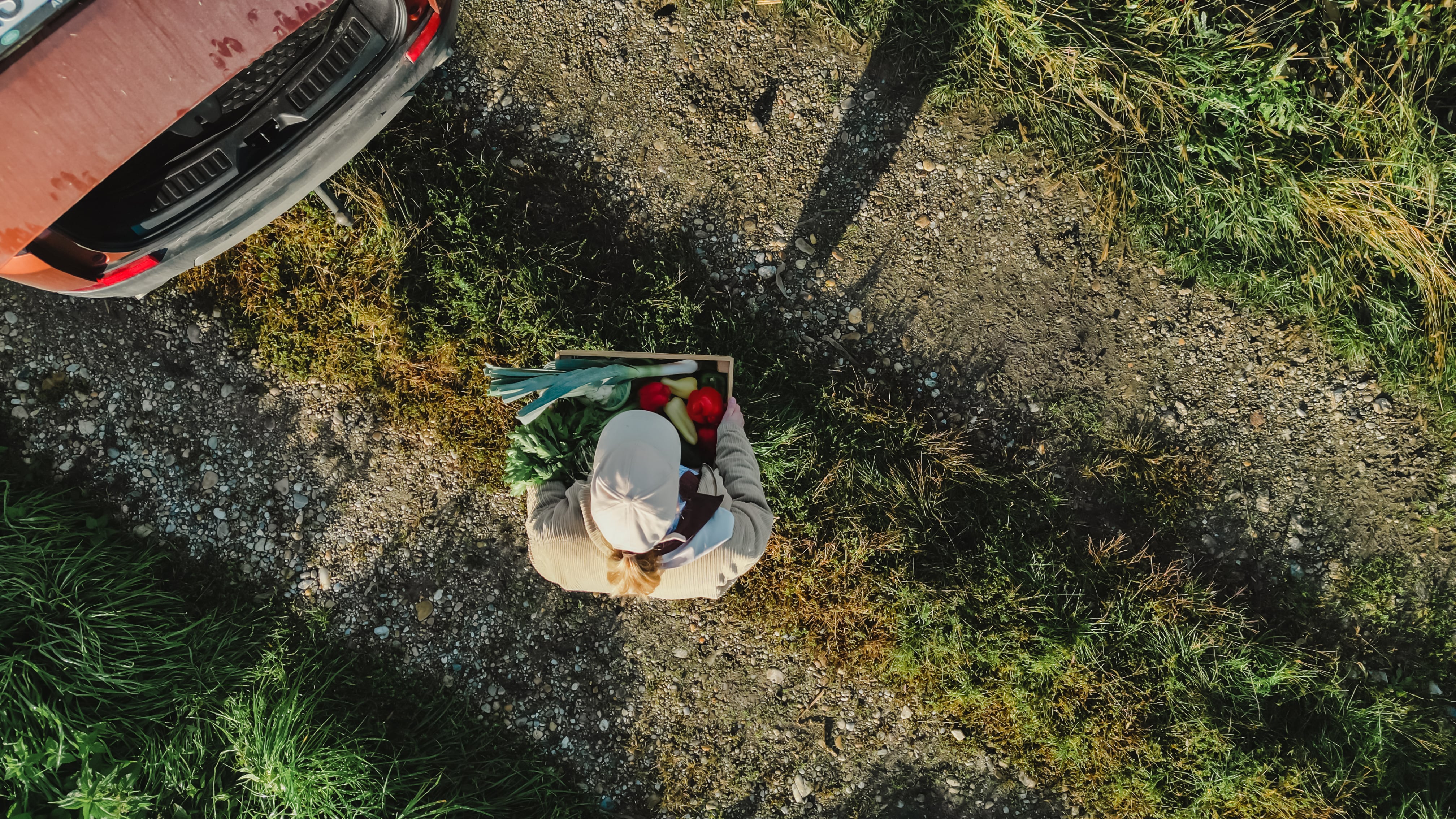Decarbonising Rice is a project by Temasek Life Sciences Laboratory that aims to address the shortfalls of traditional rice farming practices.
The project has demonstrated strong results in its early trials in Singapore and India.
It achieved methane emission reductions of 20% to 50%, decreased water use by nearly 50%, and increased yields by 5% to 10%.
The project was recently recognised by the Giving to Amplify Earth Action (GAEA) Awards by the World Economic Forum.
The project has just started 100-hectare trials in India and Laos and will soon expand to Indonesia.
After that, it will focus on scaling up the project to amplify its impact.
“We will conduct the trials for at least two seasons, and after that, we are looking at a major scale up. We’re aiming to initially produce about 50,000 tonnes of our low-emission rice,” said Naweed Naqvi, senior investigator, Temasek Life Science Laboratory.
Another goal to is to translate climate benefits into tangible carbon credit opportunities for the farmers.
“In all geographies, we can do very precise methane measurements, with sensitivity in the range of two parts per million… One of our key goals, essentially, is to bring the climate benefits, in the form of carbon credits, to these farmers,” said Naqvi.
Three-pronged approach
Decarbonising Rice takes a three-pronged approach to sustainably cultivate rice.
Firstly, the project tackles water management, which can help to reduce methane emissions, water and fertiliser use, and increase grain yield.
“If you grow rice under flooded conditions, that reduces the oxygen levels, and that causes the growth of bacteria and archaea—or microbes. These are microorganisms that end up producing methane to a larger extent,” Naqvi told AgTechNavigator.
“The idea is to move the rice away from this environment to a more oxygenated condition by controlling the irrigation. That could be one way of reducing the methane. That was already a hypothesis, and the other one was to basically also cut the amount of water—give it just the right amount so that there is no rice without producing much [methane].”
To manage water, the project employs two methods. The first is called alternate wetting and drying, which controls the amount of water used depending on the growth stage of the plant.
“You keep the water levels higher when the seedlings need them for initial growth, and then once they are established, you reduce the water. Then, towards the end, when they’re setting seed, you bring the water back in,” said Naqvi.
The other solution is drip irrigation, which supplies just the right amount of water that is needed by the plant.
Another important aspect is the soil and making it a better environment for plants to thrive. This includes researching what microbes in the soil can help the plants grow better.
Lastly, the project has worked on the development and adaptation of climate-resilient rice varieties.
“We are looking at it in two different ways. One is to identify the traits, like I said—for example, the genes that will allow the plant to grow better outside of that flooded environment, like in aerobic conditions, and then multiple stresses that we wanted to mitigate, like drought and flooding,” said Naqvi.
It also aims to address disease resistance, he added.
“What has also been observed recently is that with global warming, some new diseases are coming in, and our plants are becoming more and more sensitive to the existing ones. So disease resistance was the other trait that they have built into some of these varieties.”
The team made sure to involve local varieties grown by smallholder farmers and testing them to see which held up the best under the conditions.

Bringing sustainable solutions to smallholders
The project ensures to keep the perspective of smallholder farmers in view as they tested their approaches.
Project manager Goh Phuay Yee said getting through to these smallholders was one of the biggest obstacles.
“Firstly, they don’t understand what they are doing is harmful to the environment and we need to educate them. We need to show that the change they’re making is beneficial to them.”
Goh explained that the farmers involved were able to observe the differences between plots, and she hoped the process would have demonstrated the benefits to them better.
“At the end of it, there may be some yield loss in certain protocols. Some may perform better than others. But by working closely with them, we hope to get things done, demonstrate the benefits, and collect feedback from them,” said Goh.





